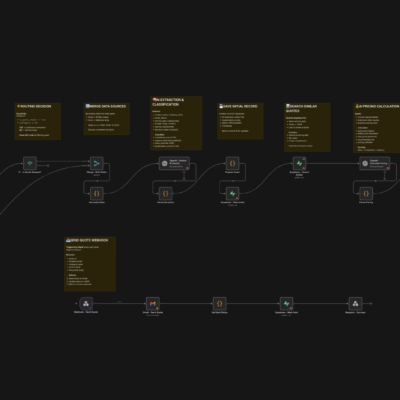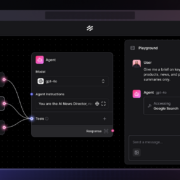
Have you ever wondered why getting life insurance used to take weeks, but now it can be done in just a few clicks?
The answer lies in automation. The life insurance industry is rapidly evolving, and automation is at the heart of this transformation. From faster applications to instant claims processing, automation is making life insurance more accessible and efficient.
Let’s explore how technology is reshaping the way insurers operate and how it benefits customers.
The Role of Automation in Life Insurance
Life insurance involves several steps, including applications, underwriting, policy issuance, and claims processing. In the past, these processes required a lot of paperwork and manual work, making them time-consuming. With automation, insurers can now handle large volumes of data, assess risks faster, and provide customers with a smooth and seamless experience.
Key Areas Where Automation is Making a Difference
Automation is improving life insurance in many ways, from reducing paperwork to speeding up customer service. Here are some of the most impactful areas where automation is transforming the industry.
Faster and Easier Application Process
Applying for life insurance no longer requires stacks of paperwork and long waiting times. Thanks to automation, insurers now offer digital platforms where customers can apply online. These platforms use smart forms and data analysis tools to verify details instantly. Some insurers even provide no-medical-exam policies, allowing customers to get coverage within minutes.
Enhanced Underwriting Efficiency
Underwriting is one of the most critical steps in life insurance, as it determines eligibility and premium rates. Traditionally, underwriters had to manually review medical records and financial history, which could take weeks. Today, AI-powered underwriting uses predictive analytics to assess risk factors quickly and accurately. This not only speeds up approvals but also ensures that customers get fair and personalized pricing.
Speeding Up Claims Processing
Filing a life insurance claim can be an emotional and stressful process. In the past, beneficiaries had to go through lengthy paperwork and verification steps before receiving payouts. Automation has made this process much simpler. Insurers now use AI and machine learning to verify documents and cross-check policy details automatically. Some companies even offer chatbots and virtual assistants that guide claimants step by step, ensuring a smooth and stress-free experience.
Personalized Customer Experience
Automation isn’t just about speed—it also enhances the way customers interact with insurers. Many companies now use AI-driven chatbots to provide instant answers to policyholders’ queries. Additionally, insurers can analyze customer data to offer personalized policy recommendations based on financial goals, lifestyle, and risk factors. This level of customization helps customers find the right coverage without the confusion of traditional sales methods.
Fraud Detection and Risk Management
Fraud prevention is a major concern for life insurance companies, and automation is playing a big role in tackling this challenge. Machine learning algorithms can detect unusual patterns in claims, flagging potentially fraudulent activities. Automated risk management systems also help insurers evaluate risks more accurately, ensuring fair pricing and maintaining the integrity of the industry.
Automation in Action: A Quick Comparison
Automation is transforming the way life insurance works. Here’s a quick comparison of traditional vs. automated processes:
| Traditional Process | Automated Process |
|---|---|
| Paper-based applications | Online applications with instant processing |
| Manual underwriting with long review times | AI-driven underwriting with quick risk assessment |
| Claims processed in weeks | Claims settled in days with automated verification |
| Limited customer support hours | 24/7 chatbots and virtual assistants |
The Future of Automation in Life Insurance
The impact of automation on life insurance is only growing. Insurers are now integrating blockchain for secure transactions, robotic process automation (RPA) for smoother operations, and big data analytics for better risk assessment. There is also growing interest in wearable technology and real-time health monitoring, allowing insurers to offer dynamic policies based on lifestyle habits. These innovations will further improve efficiency and enhance the overall customer experience.
Conclusion
Automation is revolutionizing life insurance by making processes faster, more efficient, and customer-friendly. From quick online applications to instant claim settlements, technology is reshaping the industry in a way that benefits both insurers and policyholders. As automation continues to evolve, life insurance will become even more seamless, ensuring that customers get the protection they need without unnecessary delays.









